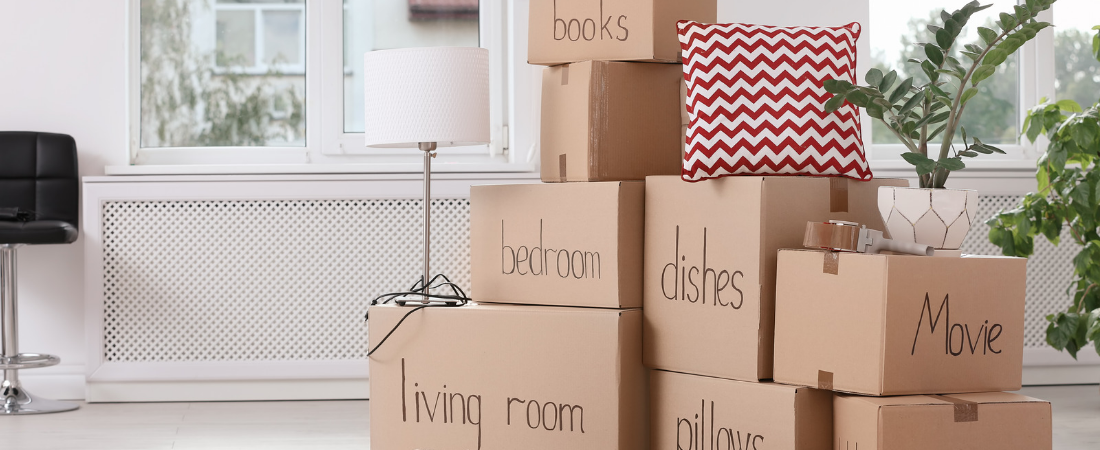You’ve sorted the socks, tamed the kitchen counter, and even conquered that junk drawer. Yet, as you pick up that faded concert ticket, a dusty photo album, or a worn-out teddy bear, a wave of emotions washes over you. Suddenly, the practical task of decluttering feels like navigating a minefield of memories, “what-ifs,” and lingering feelings. Sound familiar?
This is where the true work begins – the often-overlooked, yet deeply profound, process of emotional decluttering. It’s about more than just physical items; it’s about addressing the feelings, memories, and identities tied to our possessions.
We often cling to items not because of their utility, but because of the stories they tell, the people they represent, or the versions of ourselves they remind us of. Letting go can feel like losing a part of your past, betraying a memory, or giving up on a future dream. This emotional weight is precisely why many decluttering efforts stall, leaving you feeling stuck and frustrated. Your home might look tidier, but your heart still feels heavy.
Having guided countless individuals through their decluttering journeys, we’ve witnessed firsthand how emotional attachments can become the biggest roadblock. We believe true decluttering involves compassionately addressing these feelings, not ignoring them.
The purpose of this post is to equip you with gentle yet effective strategies to navigate the emotional landscape of decluttering, helping you release items with peace, not regret, and ultimately create space for your present and future self.
If you’ve ever searched for “how to declutter sentimental items,” “emotional attachment to clutter,” “mindful decluttering tips,” or “letting go of things with memories,” this guide is for you. We’ll explore techniques for emotional detachment from belongings and fostering mindfulness in decluttering to help you achieve peaceful decluttering.
What if you could honour your memories without them taking up valuable space? Imagine holding an item, acknowledging its story, and then choosing to release it, feeling a sense of liberation rather than loss. Is it possible to let go of items that represent past dreams without abandoning those dreams entirely? Yes, it is.
By the end of this article, you’ll have a clearer understanding of why emotional decluttering is challenging and, more importantly, a compassionate roadmap to help you navigate these tricky waters, turning moments of struggle into opportunities for growth and liberation.
Navigating the Emotional Maze: Practical Approaches
- Acknowledge and Validate Your Feelings: Before you even touch an item, acknowledge that it’s okay to feel sad, nostalgic, guilty, or uncertain. These emotions are valid. Don’t shame yourself for them; simply observe them. This self-compassion is your most powerful tool.
- Start with the “Easy” Sentimental Items: Not all sentimental items hold the same emotional weight. Begin with those that evoke pleasant, but not overwhelmingly intense, memories. Perhaps a souvenir from a vacation or a card from an acquaintance. Build your “letting go” muscle before tackling the really tough ones.
- Create a “Memory Box”: You don’t have to get rid of everything. Designate one special box for your most cherished, truly irreplaceable mementos. This allows you to keep the essence of your memories without overwhelming your living space. Knowing they have a designated “home” can ease the pressure to keep everything out.
- Photograph It: For items you love but can’t keep (like children’s artwork or old clothes), take a high-quality photo. Create digital albums that preserve the visual memory without the physical clutter. Sometimes, the memory itself is what we truly cherish, not the object.
- Reframe the Narrative: Instead of seeing decluttering as “getting rid of” or “losing,” reframe it as “making space.” You’re making space for new experiences, for your current self, and for clarity. For items that represent past versions of yourself or unfulfilled dreams, ask: “Does this item serve who I am today or who I want to become?” If not, releasing it isn’t giving up on a dream, but creating space to pursue it in new ways.
- “Thank You and Goodbye”: A powerful practice is to hold the item, genuinely thank it for its role or the memory it represents, and then gently say goodbye. This ritual honours the item’s purpose in your life and helps you release it with intention rather than harshness.
Emotional decluttering is a journey, not a sprint. Be patient with yourself, celebrate small victories, and remember that every item you lovingly release creates more space—not just in your home, but in your heart and mind.
